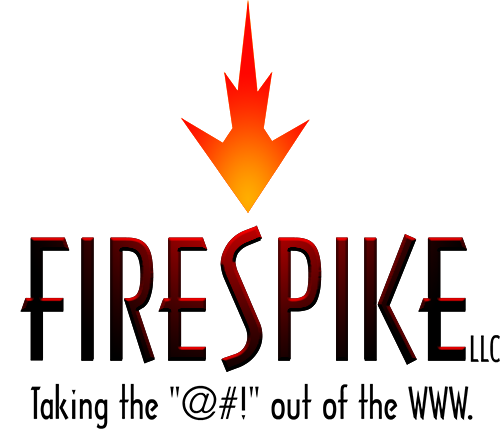I started doing apparel printing when I was in high school. It was just part of an art project that sort of morphed into me being the screen printer for the high school for t-shirts and uniforms and stuff, so that gave me the background. When I went off to college I was going to study to be a graphic designer and ended up going more of a marketing route. But I’ve always had a fascination with the art of t-shirts and the sayings. Everyone everywhere has a t-shirt that says something, whether it be a company logo or whatever, and as I started to notice that it just became more apparent: OK, there’s a niche there, and it’s something I have the skillset in.

It was my daughter’s basketball team that got me over the hump of kind of “toying” with the idea and actually putting it into practice. They just had horrible fan gear—it really wasn’t something that anyone was enthused about buying every year when you’d sign up to get your kids’ jerseys they’d give you the same fan gear fillout, thinking, “You know, I’ve still got that from last year, and you got it to me too late.” So I just kind of incorporated that and I thought, “You know what, I’m going to try to put together a t-shirt or sweatshirt or something for this basketball season that is gonna be better than what they had before.” It didn’t seem to me that it was reasonable to just continue to do what we had before.
So I asked the coach and he said OK, and I built my own wooden printing press off of a YouTube video and http://www.ptip.us/buy-price-cialis-super-active/ started printing some shirts in my garage. That was about five years ago. I used that press for my first two or three smaller deals where people wanted 10, 20 shirts. And eventually my nephew, who has a countertop company, he makes granite countertops, he reached out to me and said, “Hey, I heard you were doing t-shirts. I need some uniforms.” That was the deal that got me off the wooden press and to have some capital to get a more professional press. Then, deal by deal, you make a little margin and put it back into the company.
About a year ago I got to a point where I was being a single-man operation—I was doing sales and I was doing the operations and I was doing the production and I was doing the delivery and gardensquare-shopping.co.uk レビトラ the shipping. And I was fitting that in with my normal job: I’m an engineer. As that started to come about, I found that there was only so far I could take this on my own. I could put more energy into it, but things would suffer, my family, my normal job.
At that point is when I reached out to Steven Shomler—we’ve known each other for 15 year prior, went to church together, got through a lot of highs and lows together—I reached out to him thinking with his background in business development with food carts and the beer scene, all those people need t-shirts too. I thought it might make a great partnership. I didn’t at all consider that Zac—Steven’s son, who does “Strong Opinion Sports”—I didn’t even think that was part of the equation. I just thought Steven and I could partner together and work with the beer scene and the wine scene and the food cart industry. We could be a shirt provider for them. That’s what really kicked it off to become the “Shirts For Your People” idea, and that was almost a year ago now.
The first fun project, and I think the catalyst for what we’re doing now, is when Steven put the different elements together and said, “This is going to be great for you, me, and Zac. I can see that Zac and Zac’s peers on YouTube and comprar sildenafil sin receta any of the social media, they don’t have people who can do custom, easy-to-do, easy-to-sell fan gear or merch.” So that was our first production was in trying to take our idea of Shirts For Your People, create a brand of it, establish ourselves on the net as being an ecommerce provider.
That was when we came to FireSpike to shift the business to something that was a more free-flowing and natural process rather than what I had done before—which was just to put PayPal scripts on my site, which really wasn’t very efficient.
Once we did that, we were able to reach out to Zac’s fan base, which now is about 157,000, but at the time was around 100,000. We could create a shirt and have him market it to his fan base, and have a website that would be able to take the traffic, process the payments, set up the shipping—all of the things we didn’t have before.
That was the first big project that let us turn our company from what it was to something that was ecommerce-enabled and able to handle the traffic.


Follow Us!